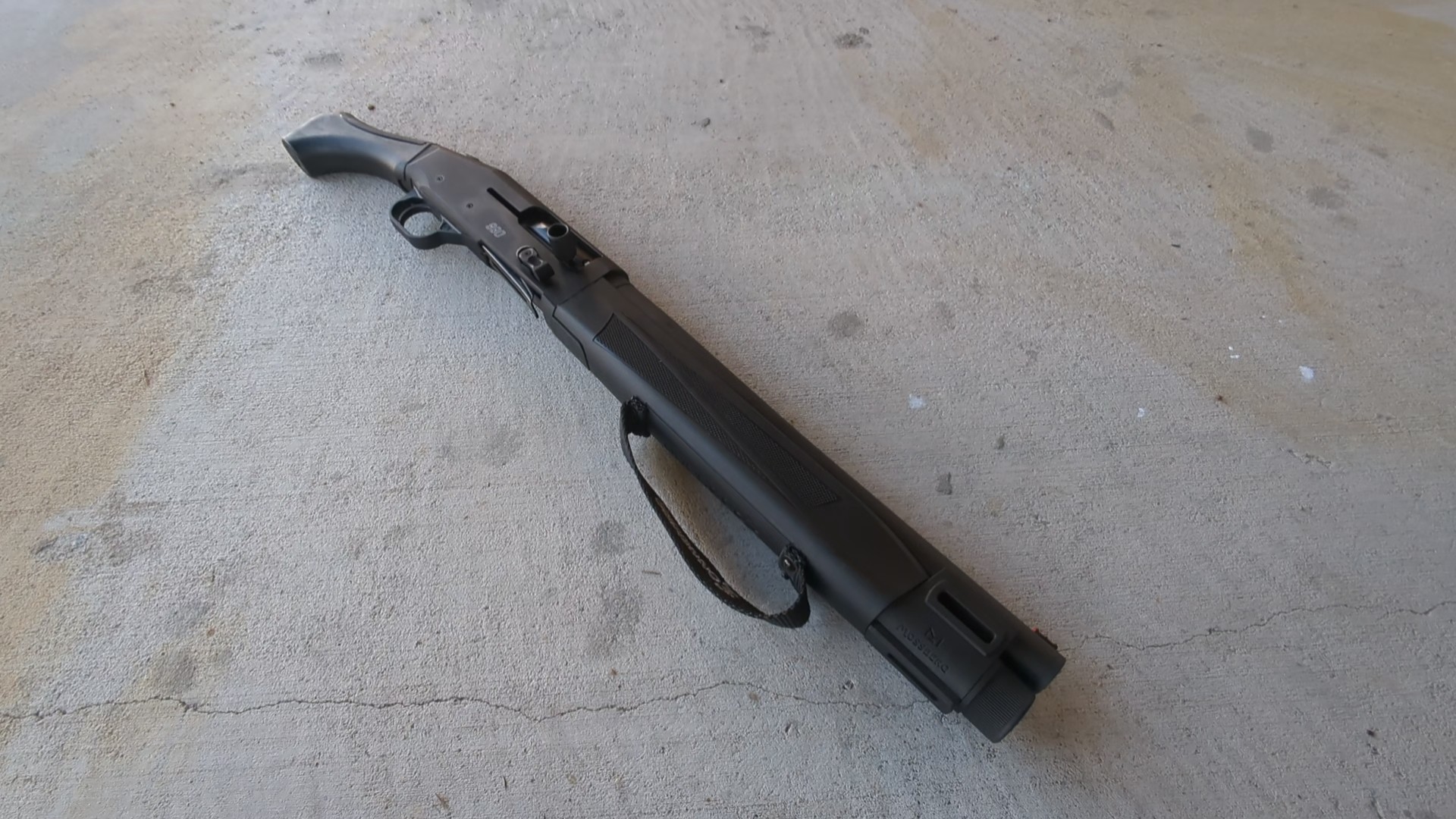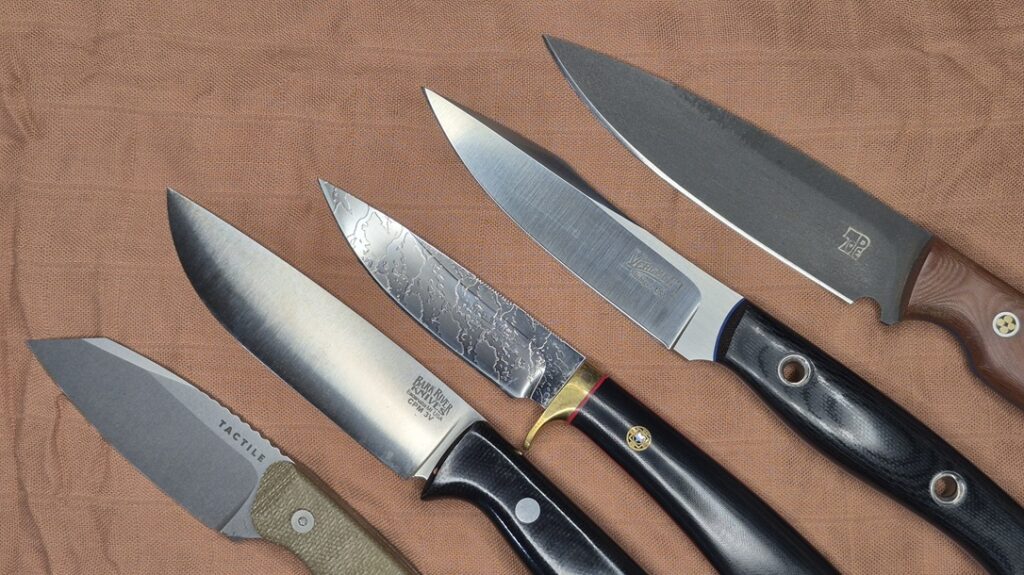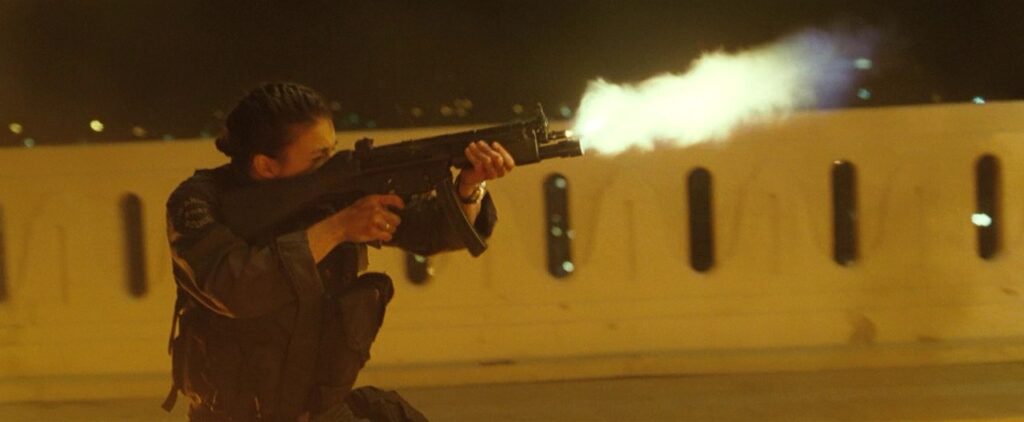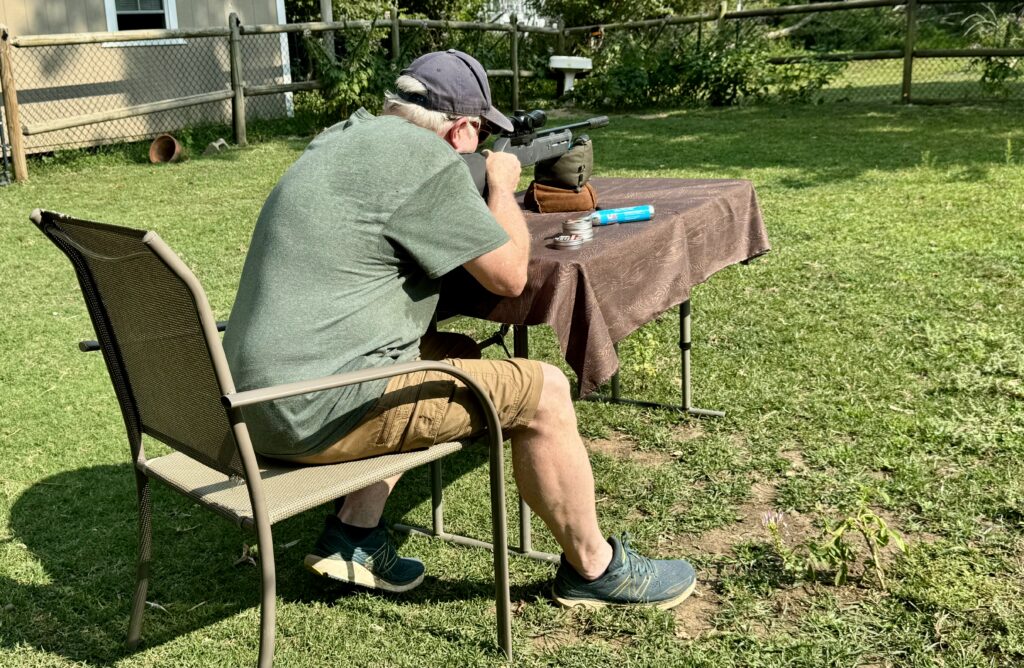Every SHOT Show, I pop into Mossberg’s booth and expect to see a semi-auto version of the Shockwave. The 930 and 940 series weren’t candidates due to the design of the gas system extending into the stock. To my surprise, it wasn’t SHOT that showed me the Aftershock, but rather the Athlon Outdoors Rendezvous. When I saw the words Mossberg 990 Aftershock on a list of new guns, I fanboyed out.
Mossberg 990 Aftershock
Remington delivered the TAC-13 years ago, but I never got my hands on one before Remington went bankrupt. While Remington’s back, I still haven’t seen a TAC-13 that wasn’t astronomically priced. The Mossberg 990 Aftershock is finally scratching the itch I have for a semi-auto, pistol-grip-only firearm.
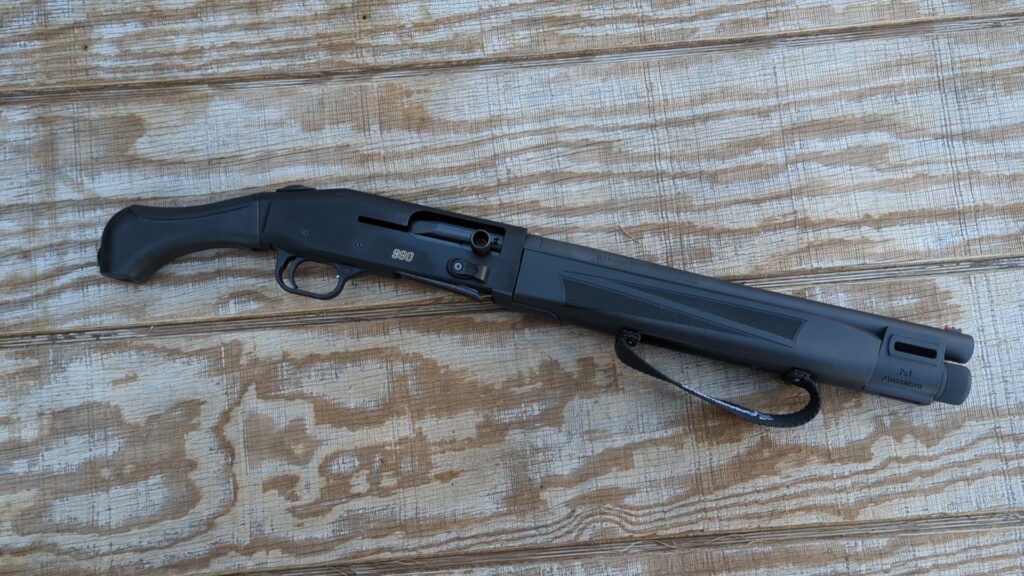
Advertisement — Continue Reading Below
The 990 Aftershock falls into that genre of guns that are not considered shotguns because they don’t have stocks and have never had stocks. This makes them firearms, and they are not limited by shotgun barrel length restrictions. This allows the Aftershock to have a 14.75-inch barrel and not be an NFA item.
With that in mind, it still needs to be at least 26 inches long overall to avoid the AOW classification. The Aftershock is 27.125 inches long overall. It weighs six pounds total, so it’s easy to maneuver. The 990 Aftershock isn’t just a semi-auto Shockwave-type firearm; it’s brilliantly built and a smart design.
The 990 Aftershock – What’s In a Name?
The name reveals a lot about this gun. Traditionally, Mossberg’s semi-auto shotguns use the 9 designation. We have the 9200, the 930, and the 940. The 90 in 990 isn’t by accident either. The 990 Aftershock uses a gas system that’s contained under the handguard, and the rear end of the gun is designed to accept 590/500 furniture.
Advertisement — Continue Reading Below
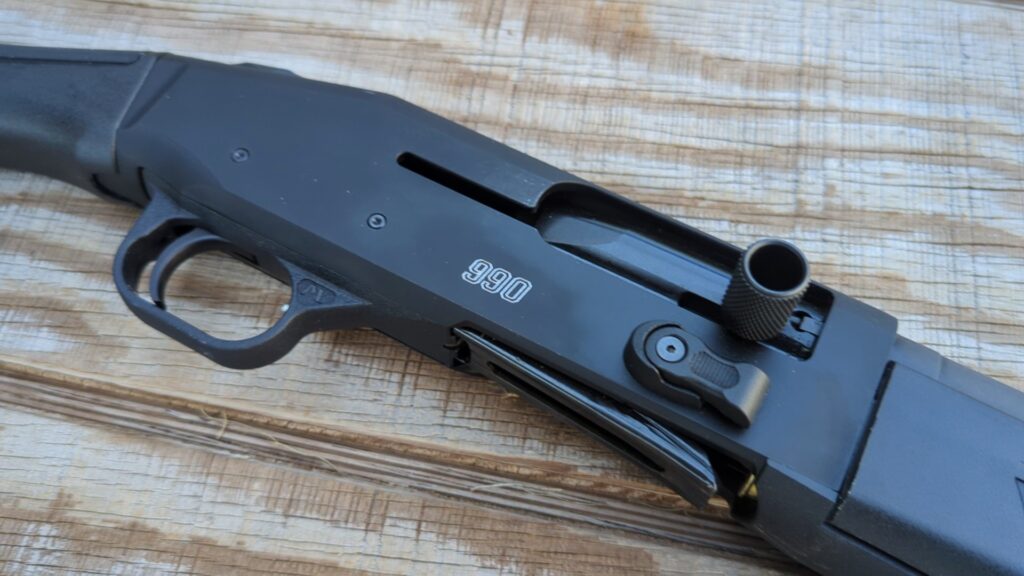
Mossberg doesn’t use the traditional Shockwave grip and designed their own bird’s head grip, but if you really like the original, you can swap it out! You can also get a tax stamp and add any 590 stock you want. That’s a huge appeal to me. I want to toss a Magpul SGA on the gun and call it a day when those free stamps come up.
The included, redesigned grip is quite nice. It’s thinner and easier to grab, and the integrated rubber portion provides a non-slip grip that’s also a little soft and rubs less on the hand. The front grip is new and features the same strap as the Shockwave. Just ahead of it is an M-LOK slot for a sling or light.
Advertisement — Continue Reading Below
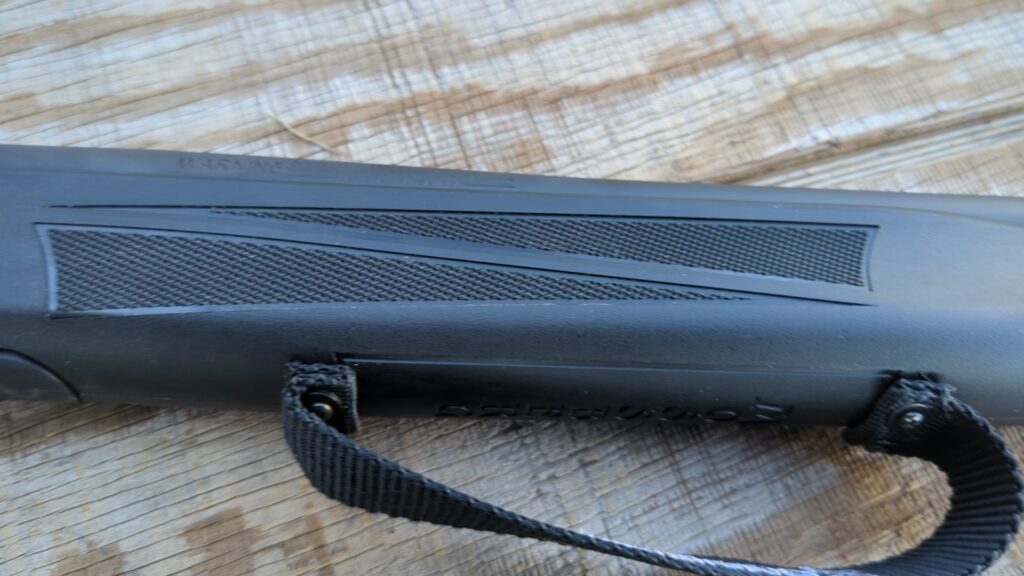
Mossberg kept the massive controls of the 940, which make this thing super ergonomic and awesome. I also love the Gen 2 tang safety featured on the gun. The loading port is also beveled for quick and easy reloads. The gun is tapped for optics, and I ran mine mostly using the new Vortex Viper Shotgun red dot.
Like its predecessor, the Aftershock can hold five rounds in the tube and one in the pipe. Out of the box, it forms a short, maneuverable weapon, but can it hold up with a short-barreled gas system?
Advertisement — Continue Reading Below
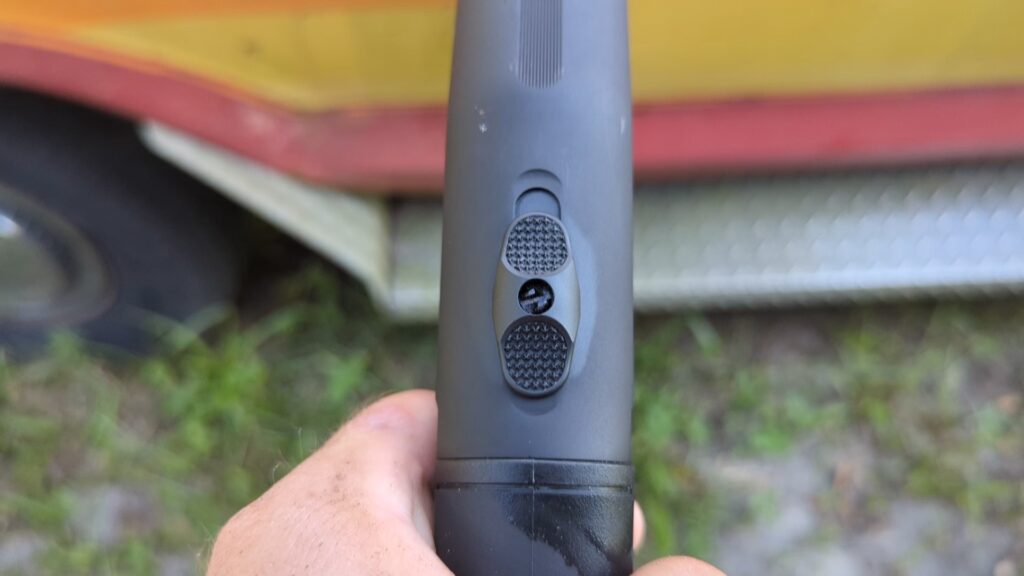
To The Range
If you can handle and shoot a Shockwave, then the Aftershock won’t be a problem. The semi-auto, gas-operated action takes a decent chunk out of recoil. Plus, since there isn’t a pump to work, you can keep a constant push/pull on the gun to keep your recoil mitigation strong.
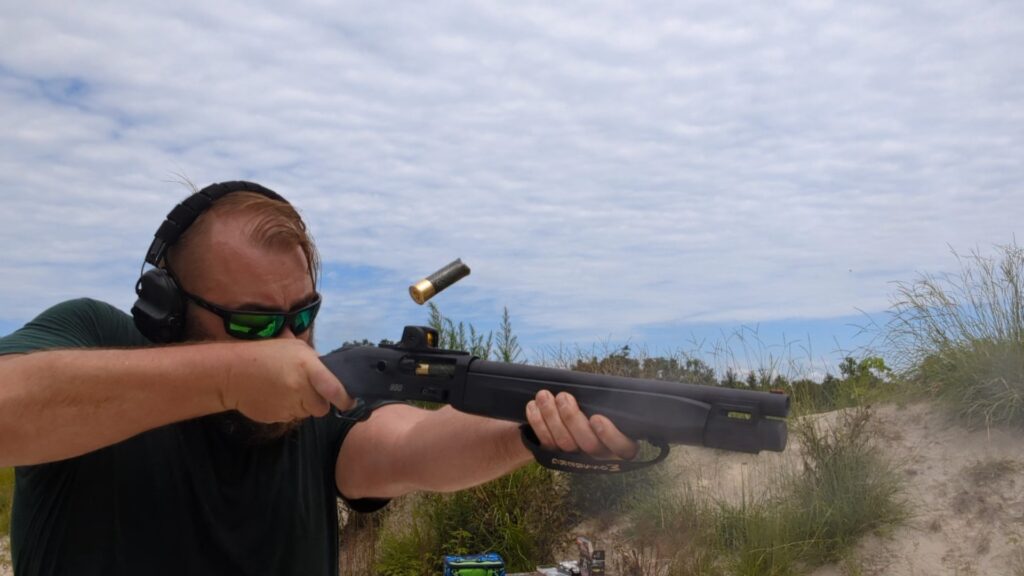
Advertisement — Continue Reading Below
To be clear, the recoil is still substantial, and this isn’t a gun for beginners. Lots of people think handing heavy recoiling guns to new shooters is funny, but those people are stupid, and that’s dangerous. You need a little upper body strength and good technique to handle the 990 Aftershock. A failure of either might equal a bloody lip.
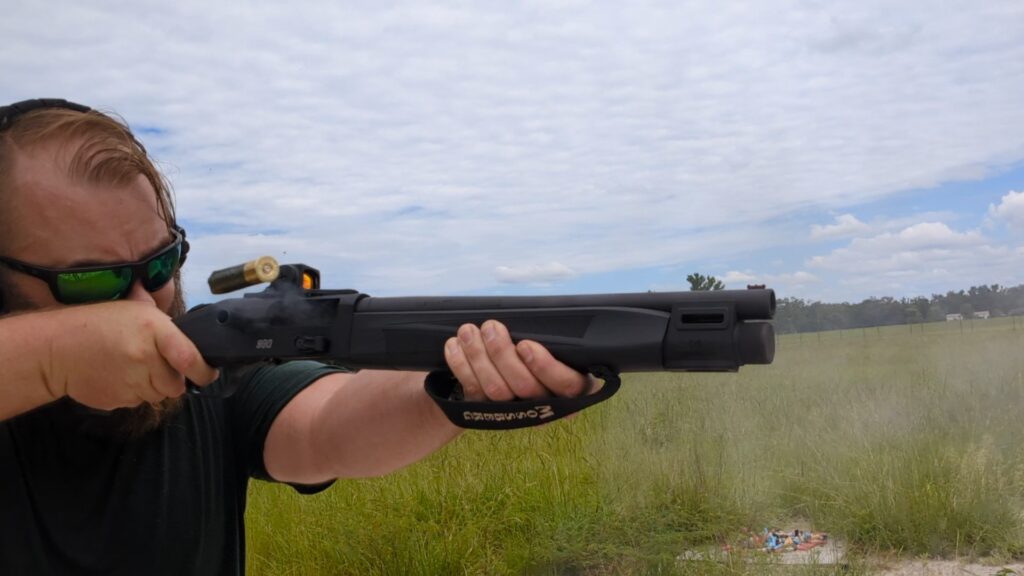
The Aftershock’s front grip is fine, but I would love to see more aggressive checkering for a tighter grip. After a few minutes in Florida in July, my hands are sloppy wet, and that makes a tight grip tough. The rear grip is fantastic, and I hope Mossberg will start to sell it; it will be my choice on firearms like this. The rubber portion is comfortable and doesn’t slip, which is fantastic.
Advertisement — Continue Reading Below
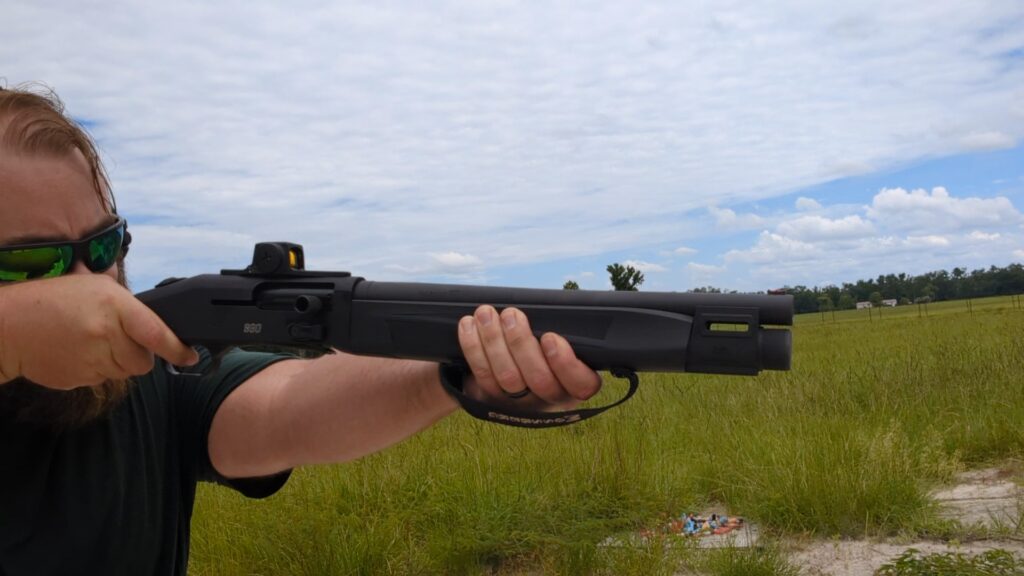
My big problem with the Aftershock comes from the strap. It’s held to the front of the gun with some bolts. Those bolts are inside the strap and can often impact your hand if you hold it a little too far forward. Do it a few times, and you’re bleeding. I will be swapping the handguard for something more modern afterward.
Going Fast
With some practice, I can put two rounds of full-powered buckshot on a target at 10 yards in less than one second. That’s a lot of lead from a small gun in a short time. In .70 seconds, I’ve put 18 projectiles on target. By comparison, with a stocked shotgun, my fastest time was .54 for two rounds.
Advertisement — Continue Reading Below
The included front sight is fine, but the red dot helps as you’d expect. A big reticle is a brilliant option for this type of gun. I like the Vortex Viper shotgun optic with its huge dual-circle reticle. This made it much easier to get the gun up and on target quickly.
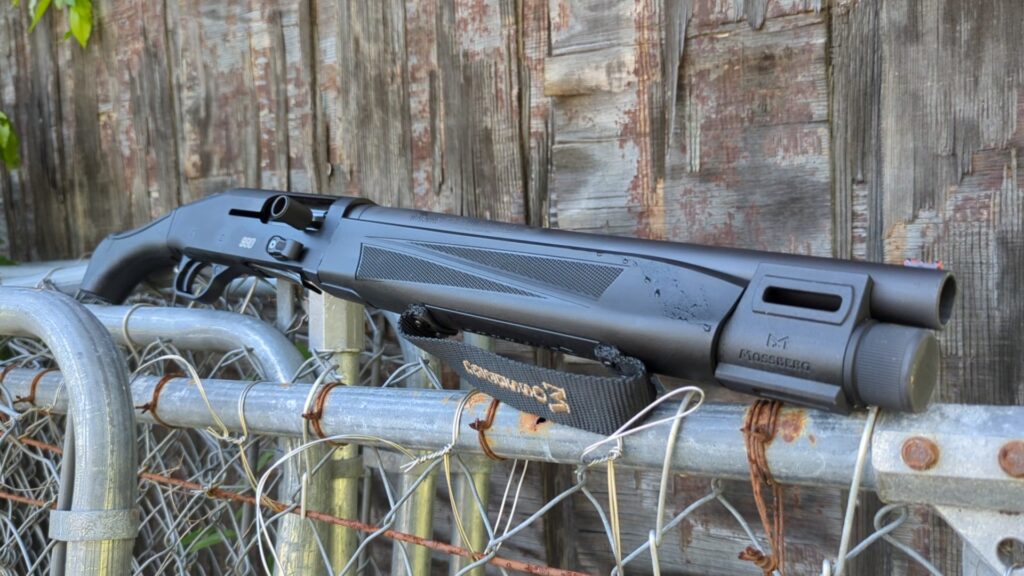
Reliability wasn’t a problem. I fired a lot of birdshot and a ton of buckshot. I fired 250 cheap birdshot and 250 cheap buckshot rounds without failure. Additionally, I fired a few low-recoil tactical loads, and there wasn’t a single problem.
Advertisement — Continue Reading Below
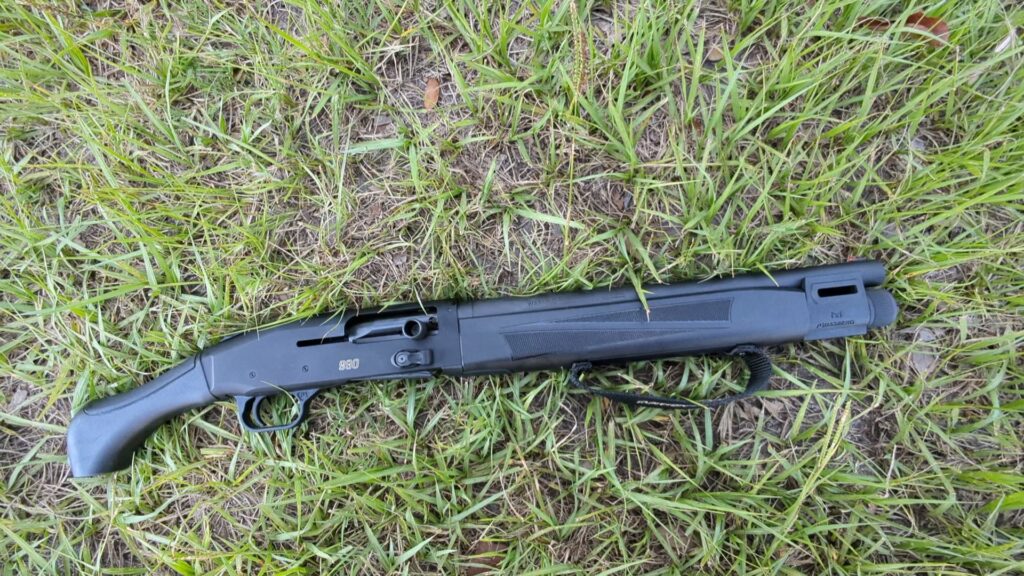
For defensive use, the Aftershock could be a fantastic firearm if you can handle it. Reduced recoil buckshot helps a lot, but it’s not for everyone. The Aftershock is a fun gun, and for a lot of people, it being a fun gun is the real point. Additionally, with zero-dollar tax stamps on the menu, this will be an affordable short-barreled shotgun that’s also semi-auto. Mossberg has a winner with the Aftershock.
